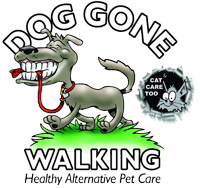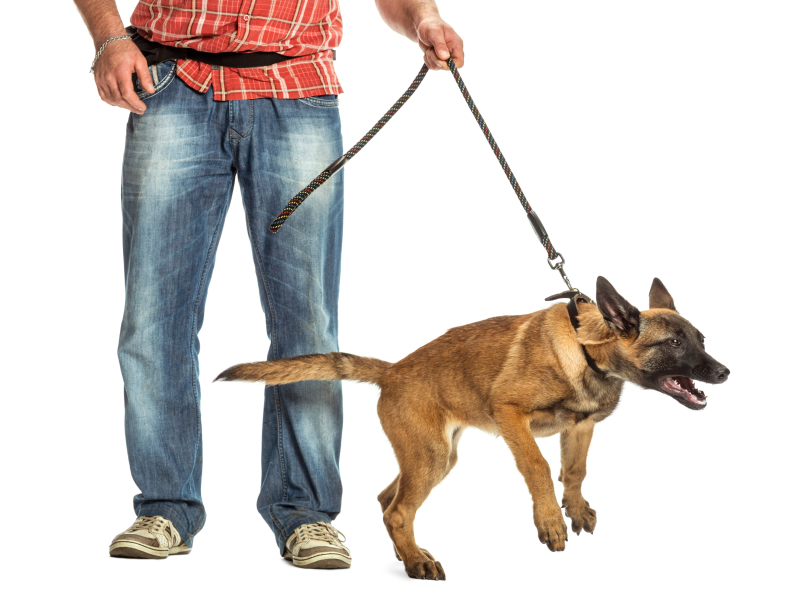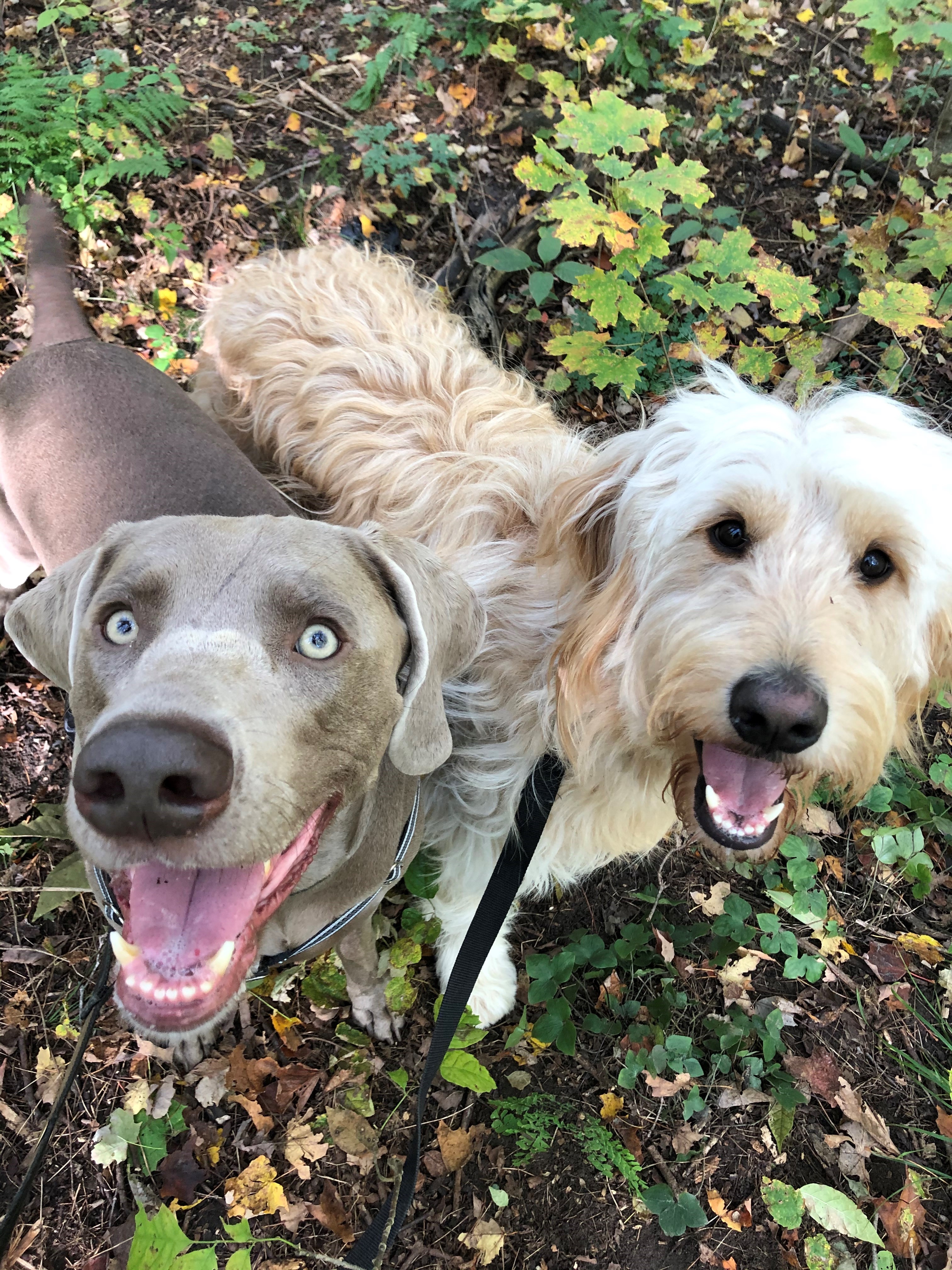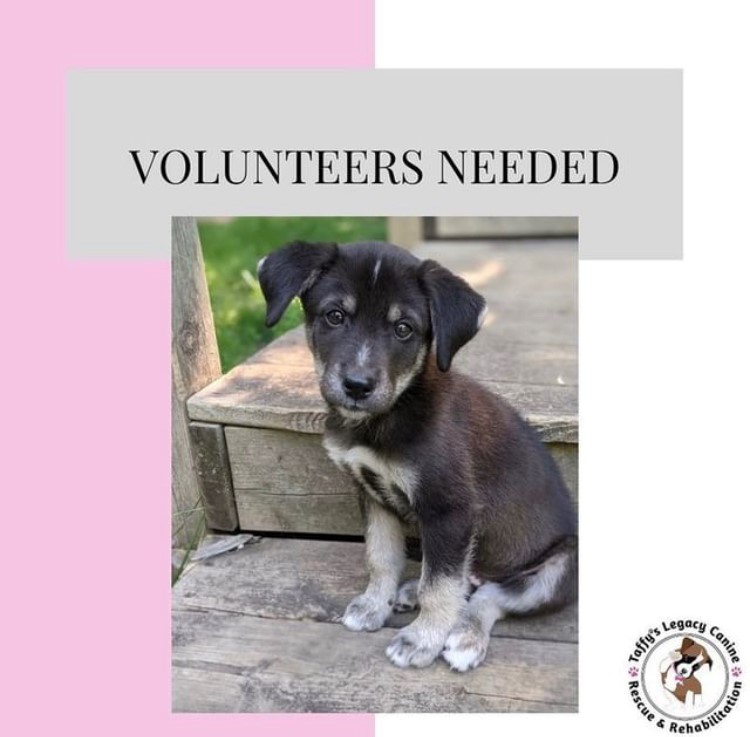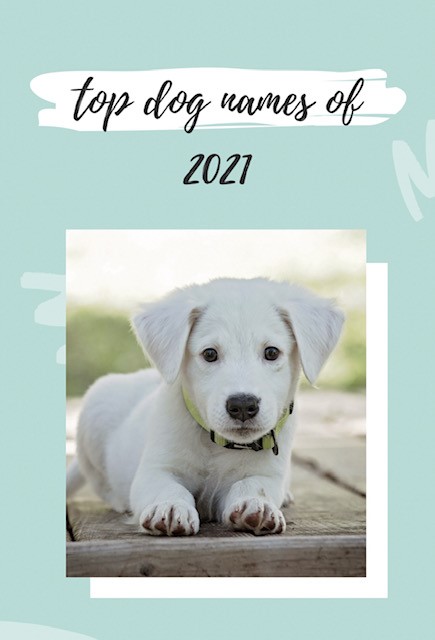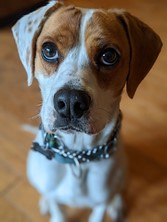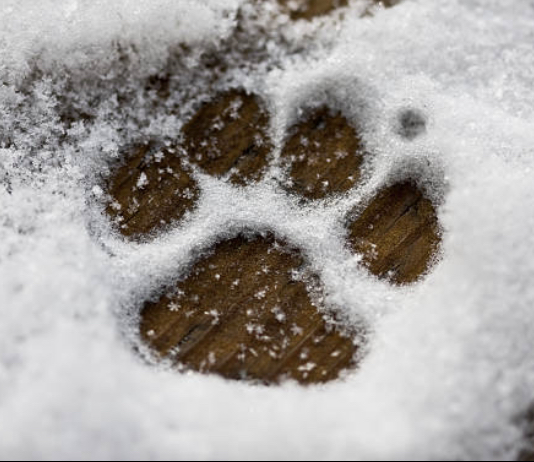So first of all, what IS a reactive dog? Well, “reactive” is actually the term coined by trainers and owners to describe dogs that overreact to certain stimuli. It might be the sight of other dogs, people, kids, loud noises and chaos, etc. The dog’s reaction to these stimuli is usually a bark and lunge type of behaviour that scares the pants off both the person or dog being barked at, in addition to the person holding the leash. This behaviour may be due in part to the dog’s genetic make up, or could be from a lack of social experience, or a particularly scary experience. Whatever the case may be, learning how to cope with a reactive dog, whether you own it or pass one in your neighbourhood, is important for all dog owners.
- Have the right equipment! If you own a reactive dog, gentle leaders do wonders when it comes to maintaining control. It’s right in the name, gentle leaders allow you to control, guide, and correct your dog without injury to its neck or shoulders. Though unless used early on, your dog will likely need an adjustment period to get used to wearing it, we strongly suggest reactive dogs wear a gentle leader at all times during their walks. If you do not own a reactive dog, yet see them around your neighbourhood from time to time, you can do your part to help by keeping your dog on a standard fixed length leash is the most responsible way to walk your pet. Let’s face it, owning a non-reactive dog means that we aren’t always on high alert during our evening strolls with our pups, but using a retractable leash leaves owners with less control and could potentially instigate a confrontation with a dog coming from behind a corner, who isn’t quite as friendly as yours.
- Redirect! Trainers agree that the key to stopping reactive behaviour during walks is to redirect your pups attention as soon as you identify the trigger (often, an observant and experienced owner will be able to see or sense a trigger even before their dog does). When you see another dog, even if your dog hasn’t noticed, turn and go the other way, cross the street, or move behind a car. You get the idea. Don’t wait until your dog starts reacting. You are trying to avoid the problem and prevent your dog from practicing the reactive behavior. The more your dog is able to bark and lunge, the more likely that they do it next time. After all, it does work great at keeping other dogs away!
- Respect the personal bubble! Most owners of reactive dogs know what it’s like to be judged for doing something seemingly impolite, such as briskly walking away from someone who’d like to say hello to their pup, or crossing the street when they see the mailman. People who lack experience with reactive dogs don’t necessarily always get that the nicest thing you could do for a reactive pup and their owner is to respect the personal space bubble! Likely, the owner and dog have both been working very hard to manage this behaviour. Simply admiring from afar and understanding that not everyone has the luxury of owning a friendly, carefree pet can go a long way and whoever is on the other side of that leash certainly thanks you for that!
There are plenty of local trainers who specialize in reactive dogs. Do you have a reactive dog? What are some ways you cope with their behaviour?
